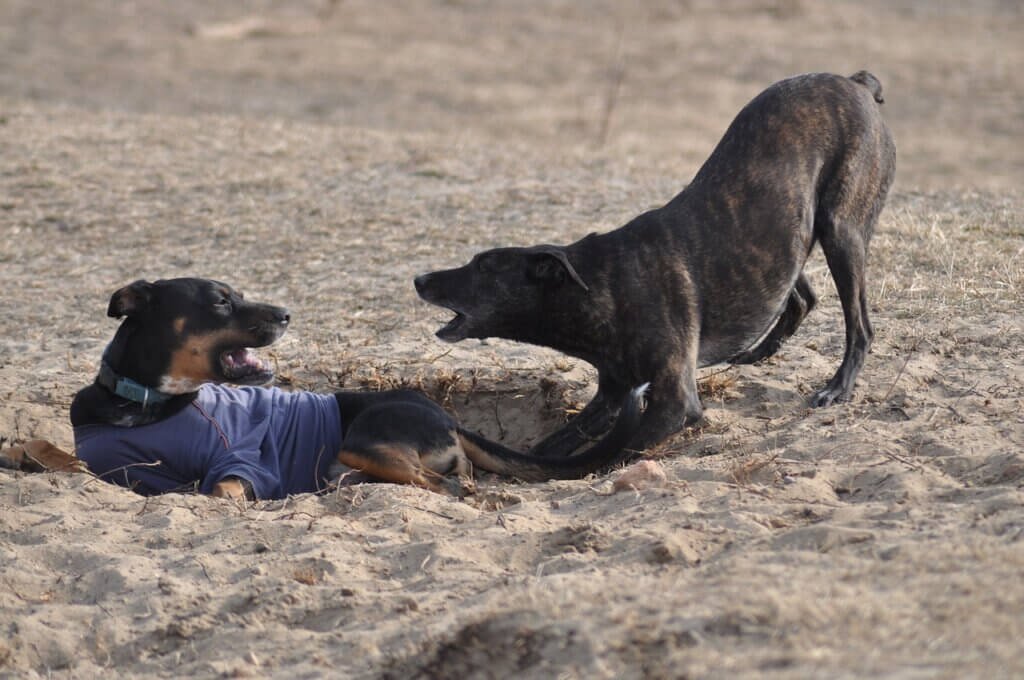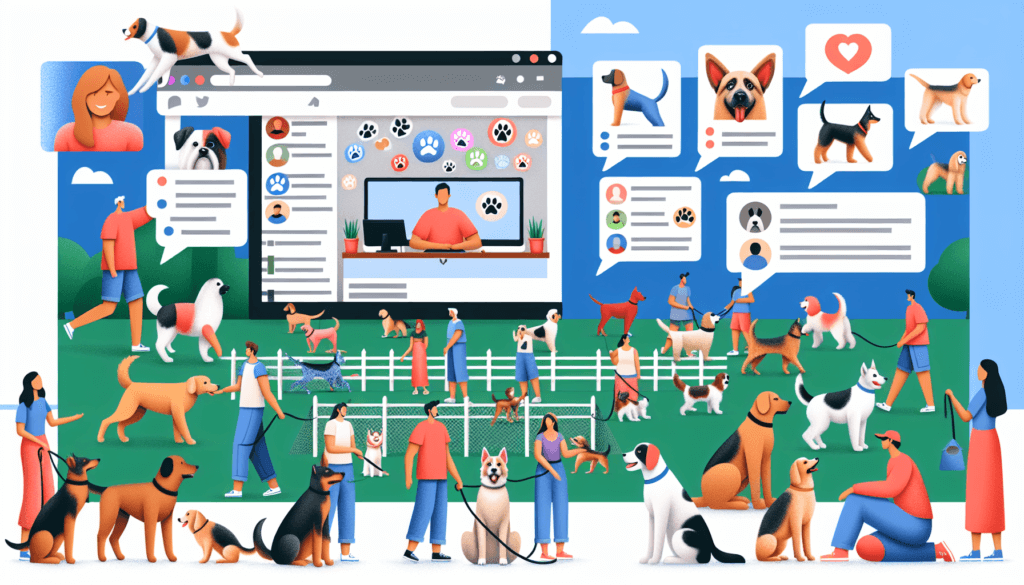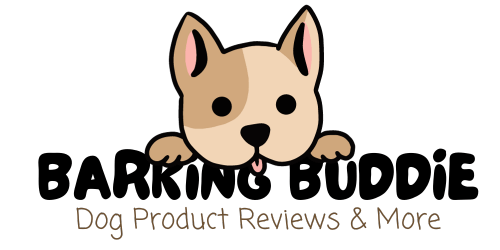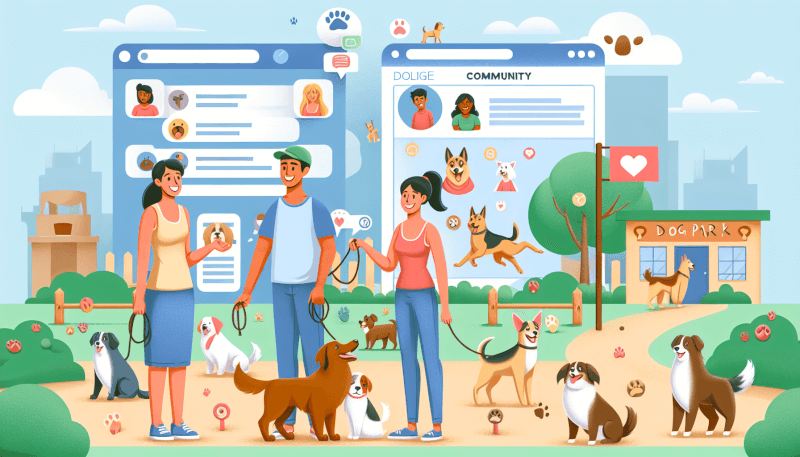Running a successful dog community is no easy feat, but with the right practices, it can be a rewarding experience. This article will provide you with key insights into the best practices for creating and managing a thriving dog community. From setting clear guidelines to fostering strong relationships between members, you will learn how to cultivate a supportive and engaging environment for dog lovers of all backgrounds. So grab a leash and get ready to embark on a journey towards building a vibrant dog community that will leave tails wagging with delight!

Building a Strong Foundation
Defining the purpose and goals of the dog community
When building a dog community, it’s essential to define its purpose and goals. Think about what you want to achieve with your community. Is it to connect dog owners, educate them about dog care, or simply provide a supportive space for dog lovers to come together? Clearly articulating the purpose and goals of your community will help guide your decision-making and create a sense of direction.
Choosing the right platform for your dog community
Choosing the right platform for your dog community is crucial to its success. Consider factors such as ease of use, accessibility, and features. Will you create a website, use social media groups, or utilize a dedicated community platform? Assess the needs and preferences of your target audience to ensure that you select a platform that meets their requirements and enhances their experience within the community.
Creating clear guidelines and rules for the community
To maintain a positive and harmonious environment, it’s essential to establish clear guidelines and rules for your dog community. These guidelines should outline expected behavior, acceptable content, and consequences for violations. Communicate these guidelines to your members and ensure they are easily accessible. By setting clear expectations from the start, you can lay the foundation for respectful and responsible community interaction.
Engaging and Attracting Members
Promoting your dog community through social media channels
One of the best ways to attract members to your dog community is by leveraging the power of social media. Utilize platforms like Facebook, Instagram, and Twitter to showcase the unique aspects of your community. Share engaging content, host giveaways, and collaborate with influencers in the dog industry to expand your community’s reach. Engaging with users on social media and promoting your community’s values and benefits will help attract like-minded individuals.
Organizing events and meet-ups to encourage community interaction
Creating opportunities for community members to connect in person is an excellent way to foster a sense of belonging and strengthen relationships. Organize events and meet-ups where dog owners can socialize, share experiences, and bond over their love for dogs. These gatherings can include dog walks, training sessions, or even charity events benefiting local animal shelters. By facilitating face-to-face interactions, you can build a vibrant and engaged community.
Offering valuable content and resources for dog owners
To keep members engaged and attract new ones, provide valuable content and resources that cater to their needs as dog owners. Consider publishing blog posts or articles on topics like dog health, training tips, and behavior management. You could also create downloadable guides, infographics, or video tutorials. By consistently delivering valuable content, you establish your community as a go-to resource for dog owners, enhancing its appeal and reputation.
Fostering a Positive Community Culture
Encouraging respectful and supportive communication among members
Promoting a culture of respect and support is vital for a healthy and thriving dog community. Encourage members to engage in meaningful discussions, offer advice, and share experiences respectfully. Establish guidelines that emphasize kindness, empathy, and constructive feedback. By fostering an environment where members feel safe and comfortable expressing their opinions, you create a positive community culture.
Moderating and addressing conflicts or negative behavior promptly
No community is immune to conflicts or negative behavior, so having dedicated moderators or administrators is crucial. These individuals should monitor discussions, address conflicts promptly, and enforce community guidelines when necessary. By taking swift action, you can prevent situations from escalating and maintain a positive atmosphere within your dog community. Regular communication with your moderation team is key to staying informed and ensuring consistent enforcement of community rules.
Implementing a reward system for active and helpful members
Recognizing and rewarding active and helpful members is an effective way to foster engagement and strengthen the sense of community. Consider implementing a reward system that acknowledges members who consistently contribute valuable insights, offer support, or actively participate in community initiatives. This could include badges, virtual currency, or exclusive perks. By recognizing and appreciating their efforts, you motivate members to continue engaging with the community.
Providing Educational Resources
Publishing articles and blog posts about dog health, training, and behavior
Educational resources are invaluable for dog owners, and as a community leader, you can provide them through articles and blog posts. Cover topics such as dog health, training techniques, and behavior management, ensuring the information is accurate and reliable. Invite experts in the field to contribute guest posts, adding credibility to your community’s knowledge base. By regularly sharing educational content, you empower dog owners and establish your community as a trusted source of information.
Hosting webinars or online workshops with experts in the field
Webinars and online workshops are excellent opportunities to offer interactive educational experiences to your community members. Invite experts in dog training, nutrition, or veterinary care to share their knowledge and engage with your audience through live Q&A sessions. These events allow community members to learn from industry professionals, ask specific questions, and receive tailored advice. By organizing webinars or workshops, you provide a unique and valuable resource for your members.
Facilitating Q&A sessions to address members’ concerns and questions
To address members’ concerns and provide them with personalized guidance, facilitate regular Q&A sessions within your community. This can take the form of scheduled live sessions where members can ask questions directly, or you can encourage members to submit questions in advance for community experts to answer. By fostering a supportive space for knowledge-sharing and problem-solving, you enhance the educational value of your community.

Facilitating Networking and Connections
Creating dedicated spaces for members to connect and chat
Networking and building connections are essential aspects of any community. Create dedicated spaces within your dog community for members to engage in conversations, share experiences, and ask questions. This can take the form of discussion boards, chat rooms, or even specific topic-based groups. By providing these spaces, you enable members to connect with each other, form friendships, and support one another in their journey as dog owners.
Organizing mentorship programs for experienced dog owners to assist newcomers
Mentorship programs are a valuable way to connect experienced dog owners with newcomers who seek guidance and support. Establish a mentoring system within your community, pairing seasoned members with those who are new to dog ownership. This allows newcomers to learn from the experiences of others and receive personalized advice. By fostering mentorship relationships, you create a sense of community and foster a culture of knowledge-sharing and growth.
Encouraging collaboration and fostering partnerships with local businesses and organizations
Forge partnerships and collaborations with local businesses and organizations that share your passion for dogs. Seek opportunities to collaborate on events, workshops, or even joint marketing initiatives. By working together, you can increase your community’s visibility, access valuable resources, and offer unique experiences to your members. Building connections beyond your community strengthens its reach and enhances the value you can provide to your members.
Leveraging User-Generated Content
Encouraging members to share their dog-related stories, photos, and videos
User-generated content is a powerful tool for community engagement. Encourage your members to share their dog-related stories, photos, and videos within your community. Create dedicated threads or hashtags for them to showcase their furry friends and adventures. This not only allows members to express themselves but also provides a source of entertainment and inspiration for the entire community. Appreciating and celebrating the unique experiences of your members strengthens their connection with the community.
Running contests or challenges to increase participation and engagement
Contests and challenges are exciting opportunities to boost participation and engagement in your dog community. Organize photo contests, trick challenges, or even storytelling competitions, encouraging your members to showcase their creativity. By offering enticing prizes and recognizing exceptional contributions, you motivate members to actively participate and create a lively and vibrant community.
Highlighting and featuring exceptional user-generated content
Recognizing exceptional user-generated content is a way to celebrate and honor the talent and creativity within your dog community. Highlight outstanding stories, photos, and videos, either through periodic newsletters or dedicated community showcases. By giving members a chance to be in the spotlight, you foster a sense of pride and encourage others to contribute their best work. This ongoing recognition fosters a positive feedback loop, driving continuous engagement.

Ensuring Safety and Privacy
Implementing strong privacy measures to protect member information
Privacy is paramount when running a dog community. Implement robust security measures to protect member information and ensure that personal data is handled securely. Clearly communicate your privacy policies and obtain consent from members for data collection and usage. By prioritizing the privacy and security of your community members, you establish trust and create a safe environment for everyone to participate.
Establishing reporting and moderation systems for inappropriate content or behavior
Despite best efforts, inappropriate content or behavior may arise within your community. Implement reporting and moderation systems to allow members to flag content or behavior that violates community guidelines. Train your moderation team to respond promptly and appropriately to these reports, ensuring that violations are dealt with swiftly. By maintaining a zero-tolerance policy toward inappropriate behavior, you create a culture of respect and safety within your dog community.
Educating members about responsible pet ownership and safety practices
Promote responsible pet ownership and safety practices within your dog community by regularly sharing educational content on these topics. Provide resources, articles, or videos that address common safety concerns or promote responsible pet care practices. By educating your members, you empower them to provide the best possible care for their furry companions and contribute to a safe and healthy environment for all dogs.
Monitoring and Analyzing Community Metrics
Utilizing analytics tools to track community growth and engagement
To measure the success and growth of your dog community, it’s important to utilize analytics tools. These tools can provide valuable insights into metrics such as community growth, engagement levels, and member activity. Analyzing these metrics allows you to identify trends and patterns, which can guide decision-making and help you better understand the needs and interests of your community members.
Monitoring member activity and identifying trends or patterns
Monitoring member activity is crucial to track engagement and identify trends or patterns within your dog community. Pay attention to the types of content that receive the most interaction or generate the most conversations. Look for patterns in member behavior, such as peak activity times or preferred topics. By understanding these trends, you can tailor your content and community initiatives to better cater to your members’ interests.
Seeking feedback from members to improve the community experience
To continuously improve the community experience, actively seek feedback from your members. Engage with them through surveys, polls, or regular check-ins. Ask for suggestions and ideas on how to enhance the community or address any pain points they may have. By involving your members in the decision-making process and acting on their feedback, you demonstrate that their opinions and experiences truly matter.

Maintaining Active Leadership and Administration
Assigning dedicated moderators or administrators to oversee community operations
Assigning dedicated moderators or administrators is crucial for the smooth operation of your dog community. These individuals should be responsible for monitoring discussions, responding to inquiries, and enforcing community guidelines. By having a team of active moderators or administrators, you ensure that your community runs efficiently and effectively, allowing you to focus on strategy and growth.
Regularly updating and maintaining the community platform and resources
To provide a seamless experience for your community members, regularly update and maintain the community platform and resources. Ensure that any technical issues or bugs are promptly addressed, and new features or improvements are implemented as needed. Regular updates not only enhance functionality but also demonstrate your commitment to providing the best possible experience for your members.
Communicating transparently with members and addressing their needs
Transparent communication with your community members is essential for building trust and maintaining engagement. Keep members informed of any updates, changes, or major decisions that may impact the community. Actively seek their feedback and involve them in important discussions or initiatives. By prioritizing open and honest communication, you foster a sense of ownership and cohesiveness within your dog community.
Scaling and Expanding the Dog Community
Creating opportunities for members to become community ambassadors or influencers
To scale and expand your dog community, empower your most engaged and dedicated members to become community ambassadors or influencers. These individuals can help spread the word about your community, attract new members, and act as advocates for the community’s values and goals. By leveraging the influence of your members, you can significantly increase your community’s reach and impact.
Collaborating with other dog communities or organizations for cross-promotion
Collaboration with other dog communities or organizations can be mutually beneficial for expanding your reach. Seek opportunities to cross-promote each other’s communities or co-host events and initiatives. By tapping into each other’s networks, you can connect with new dog owners and enthusiasts who may have been previously unaware of your community’s existence.
Expanding the community through targeted marketing and outreach efforts
To effectively expand your dog community, leverage targeted marketing and outreach efforts. Identify online platforms, forums, or social media groups where your target audience is likely to be present. Engage with these communities by offering valuable insights and establishing yourself as an expert in the field. By proactively reaching out to potential members and showcasing the benefits of your community, you can create awareness and attract new members to join.
By following these best practices and focusing on the key areas outlined in this article, you can build and maintain a successful dog community. Remember that your role as a community leader is to facilitate connections, provide valuable resources, and foster a positive and supportive environment for dog owners. With dedication and a passion for dogs, your community has the potential to thrive and bring together a vibrant community of dog enthusiasts.



